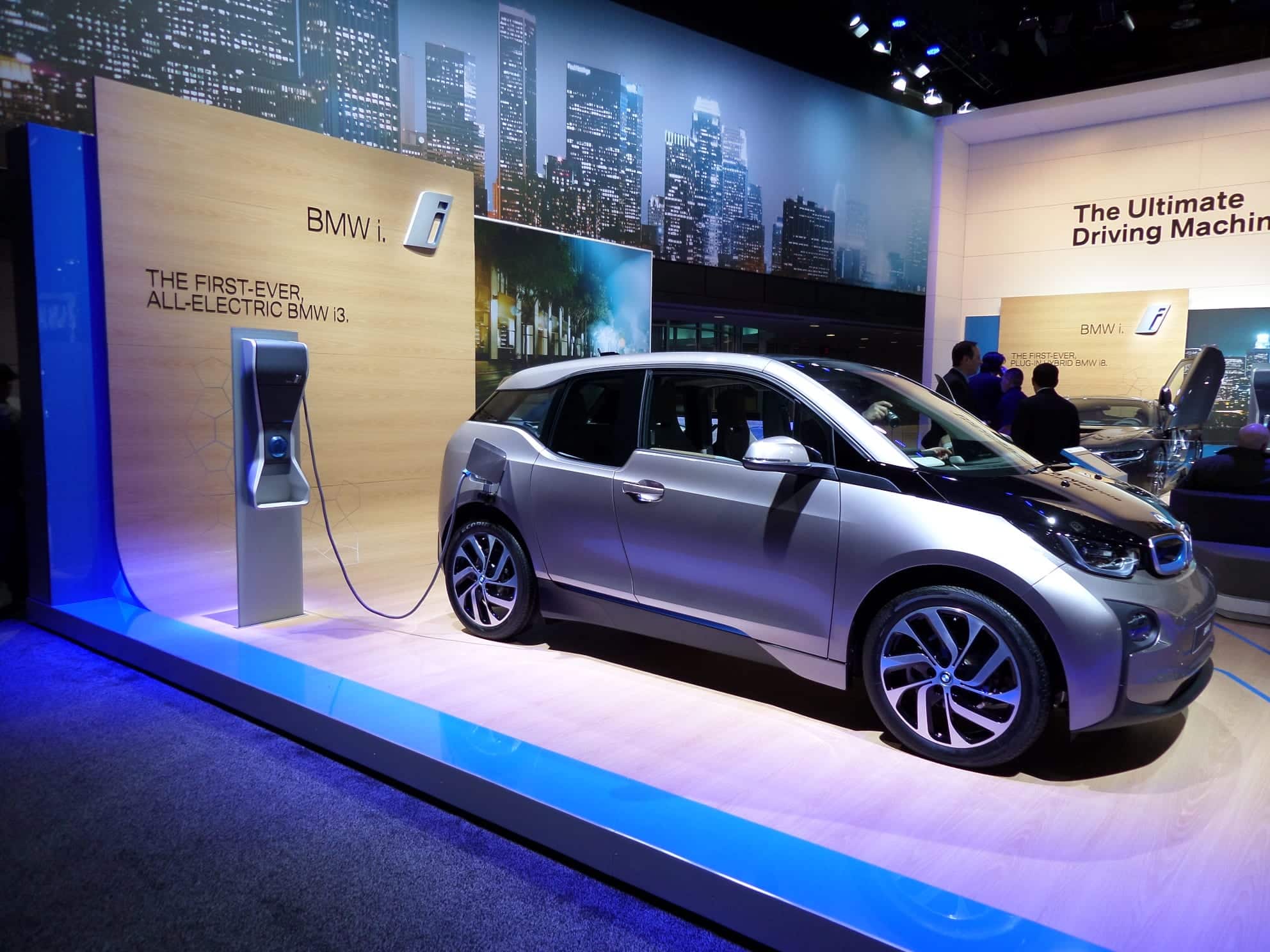The Filipino island of Palawan has been reliant on bunker and diesel fuel, but now they aim to transition to 100% renewable energy.

But wait…Isn’t that impossible? After all, wind turbines and solar panels don’t generate electricity all the time. That isn’t true, as they can be relied on all the time with the use of energy storage, assisted by renewable biomass-fueled generators, or even a combination of both.
As for the performance of solar panels: That is determined by climate. Puerto Princesa, Palawan enjoys 11 to 13 hours of daylight per day, from January, through December, which is ideal for solar power production.
Solar panels and wind turbines back each other up to a limited extent, due to the fact that wind speeds tend to be lower when it is sunny, but are higher during stormy weather, which is when solar panels need backup the most, therefore, the use of both wind turbines and solar panels can reduce the amount of energy storage (or biomass generator backup) required.
Isn’t It Easier To Just Use Diesel?
No. Diesel fuel is costly, and its cost has been rising. In the Philippines, whose oil production is equal to only 10% of its consumption, 90% of the oil that diesel comes from has to be imported, and that adds to the economic detriment of high diesel prices. The money required to pay for that exits the local economy. Wind and solar farms help to keep money in the economy because they require no imported fuel.
Petroleum can be extracted only from the regions that have it, whereas solar panels and wind turbines can be assembled anywhere, and The Philippines is no exception to that rule.
Apart from that, diesel generators emit carbon dioxide and soot which cause climate change and lung cancer respectively.
Agriculture And Wind Turbines: A Beautiful Combination

In Palawan, if they chose to include wind power in their renewable energy mix, some of the wind farms could be installed on leased farm land, or the vast amount of free space on wind farms could be used for farming. Farm land is already being leased to wind farm operators in the United States, financially benefiting farmers without belching out toxic gases and particulate matter (such as soot) onto crops.
Solar Panels Are Incredibly Versatile
Solar panels can be installed on rooftops, walls, tables, walkways, as awnings, and more. This enables people to use their otherwise unused spaces to generate electricity cleanly, and quietly!
Contrary To Popular Belief: Solar Panels And Wind Turbines Open Up Potential Generation Sites
Solar panels and wind turbines are most economically applied in the sunniest and windiest regions respectively, and from that, a controversy about the viability of low-wind and cloudy sites emerged, leading people to believe that solar panels and wind turbines must be installed in sunny and windy regions to be viable. This isn’t true. Germany utilizes solar power relatively heavily, despite its cloudy climate.
Wind turbines and solar panels can be installed and operate economically in dry desert areas, unlike fossil-fueled power plants, which require significant quantities of water.
Main Source: Cleantechnica.






